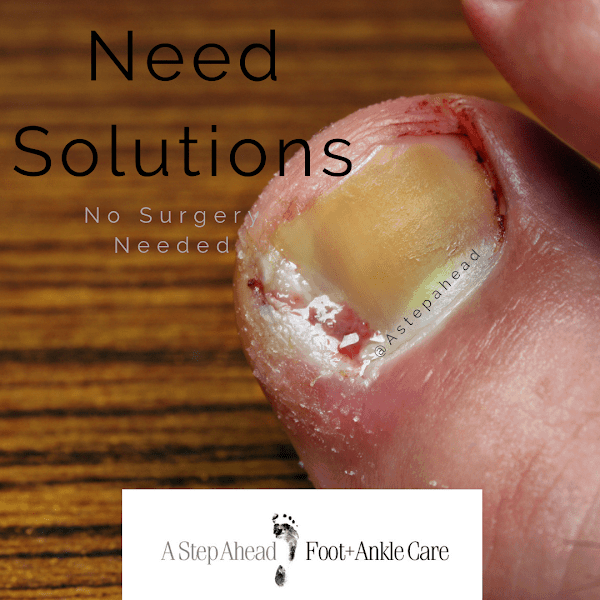
Blog, Ingrown Nails
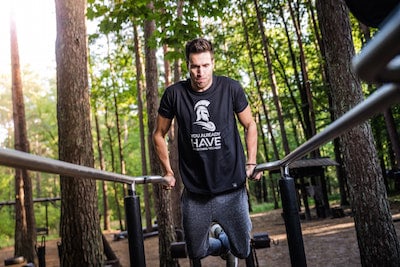
Sports Care
Dr Brenden Brown, sports podiatrist from Sydney-based A Step Ahead Foot + Ankle Care, says, “Cold muscle is less pliable which means it has to work harder to accommodate a given load and will be more resistant to sudden stretch. Less pliable muscle tissue is also more susceptible to overuse injuries so never underestimate the importance of warming up (correctly!).”
He provides 4 steps to a successful warm up
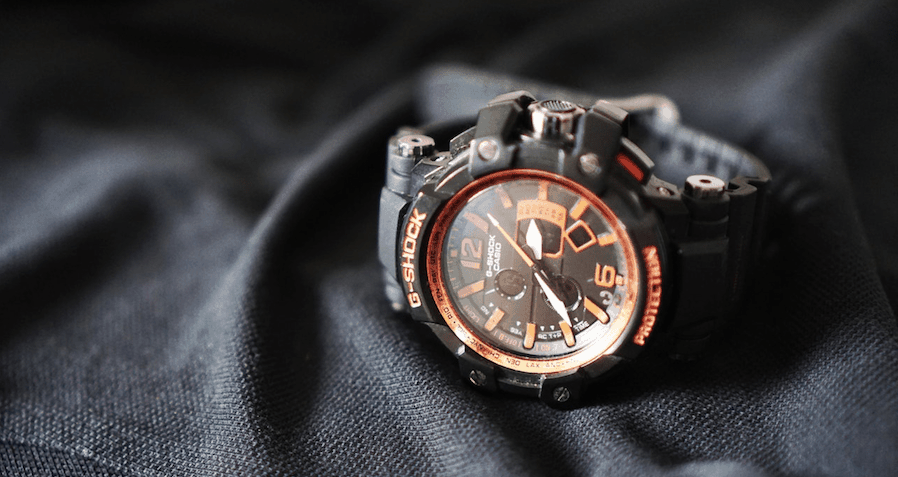
4 hacks for a successful warm up
#1 Set aside adequate time
Warming up prepares the body for sport by improving blood flow to the different areas, increasing the muscle temperature and making muscles more pliable. The result – less likelihood of injury!
“The warm-up routine needn’t take half an hour, but it should take a good 10-15 minutes,” says Dr Brenden.
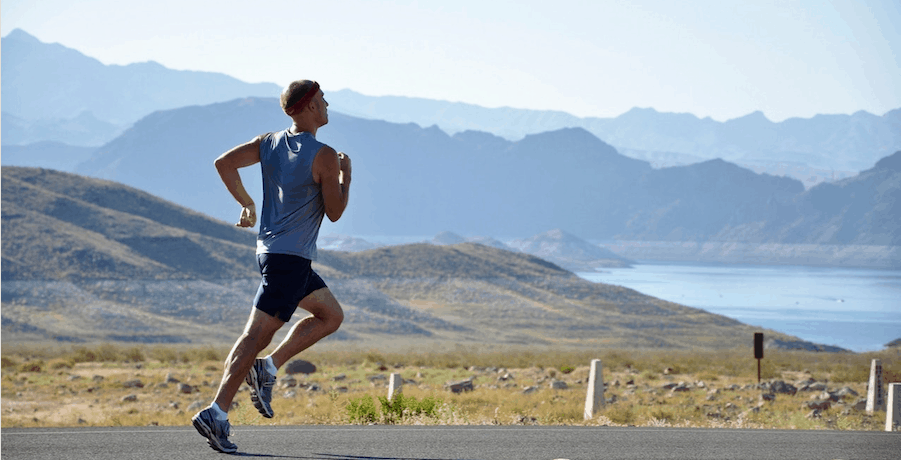
#2 WALK, before you run!
All too often players arrive at their sports training session and the coach shouts, “Right, go for a run”. This is way too much sudden change for the muscles.
No matter what sport or activity, players can begin their warm-up by walking.
Dr Brenden advocates the ‘Two footy fields or eight netball courts’ approach to warming up…
- Start slowly walking around the outside of 2 footy fields, end-to-end or side-to-side. For court sports, this equates to approximately 8 laps of the court!
- As you walk further SLOWLY pick up the pace. “NEVER get to a run!”
- You will do 2 complete laps of the 2 fields or 8 laps of the courts.
- NOW you are ready to look at further warm up exercises and maybe that coach’s run!
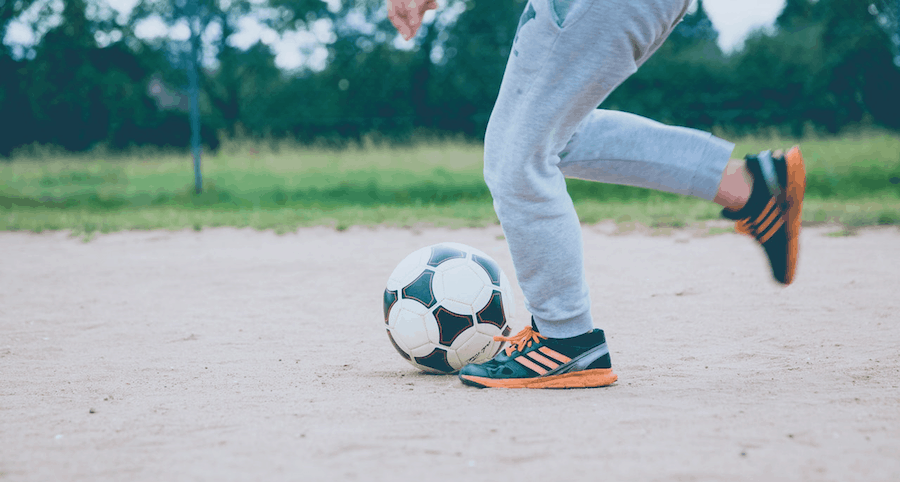
#3 Perform activity-specific warm ups and training
Let’s take netball as an example, there’s little point in netballers shooting hoops and running straight up and down the court in their warm-up and training sessions. It’s far better to do side-to-side jumps, high jumps and lands, as well as cutting movements. This is much more specific to what they’ll likely to be doing on the court and will help ensure the appropriate muscles are warmed up.
Same goes for footy, rugby or any other sport for that matter; make sure the warm up exercises you perform are relevant to what you’ll be doing on the field or pitch.
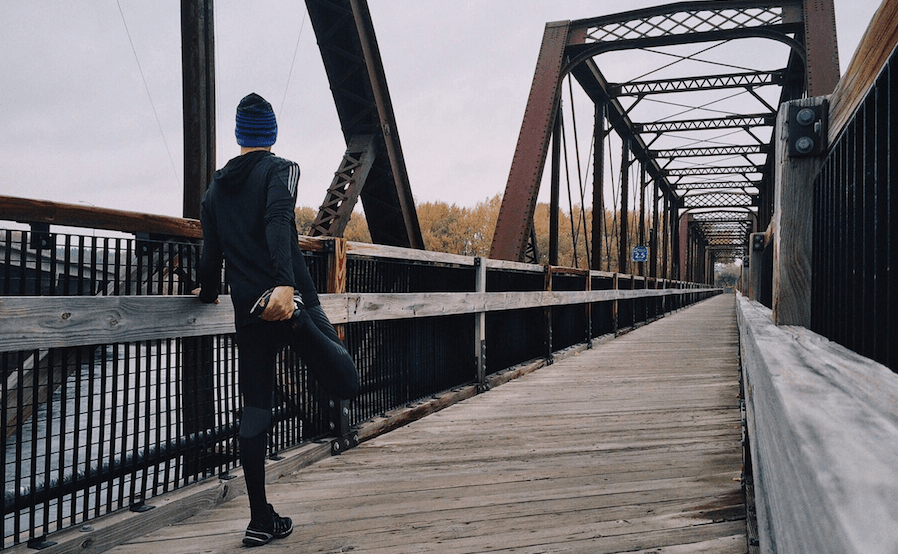
#4 Should you really stretch before sport?
This is an important question, particularly as when you stretch out a muscle and hold it there (static stretching) you can push the tissue past where it needs to go, which could do more harm than good!
According to the experts, stretching is NOT PROVEN to help prevent injury, curb muscle soreness after exercise or improve your performance.
In his paper ‘Does stretching improve performance? A systematic and critical review of the literature’1 sports medicine physician Ian Shrier writes, “An acute bout of stretching does not improve force or jump height, and the results for running speed are contradictory. Regular stretching improves force, jump height, and speed, although there is no evidence that it improves running economy.”
Another article2 states: “Static stretching before exercise can weaken performance, such as sprint speed, in studies. The most likely reason is that holding the stretch tires out your muscles.”
It goes on to say, “you should warm up by doing dynamic stretches, which are like your workout but at a lower intensity.”
Dr Brenden explains, “Dynamic stretches differ from the norm in that they stretch the body fluidly through an entire range of motions. Instead of holding the muscle in a stationary stretched-out position, you move gradually through the movement. This also allows you to make the stretching movement more specific to the sport you’ll be playing.”
Related:
4 hacks for staying injury free this winter sports season
Warming up for sport—why bother?
Sources:
-
https://www.ncbi.nlm.nih.gov/pubmed/15377965
-
https://www.webmd.com/fitness-exercise/features/how-to-stretch#1

Kids Feet
Pain (usually described as aching, throbbing or cramping) in the thighs, calves, behind the knee of one or both legs, or in the feet that occurs in the evening or night. These are the typical symptoms of ‘growing pains’. However, despite the name—there’s no evidence that growing is painful.
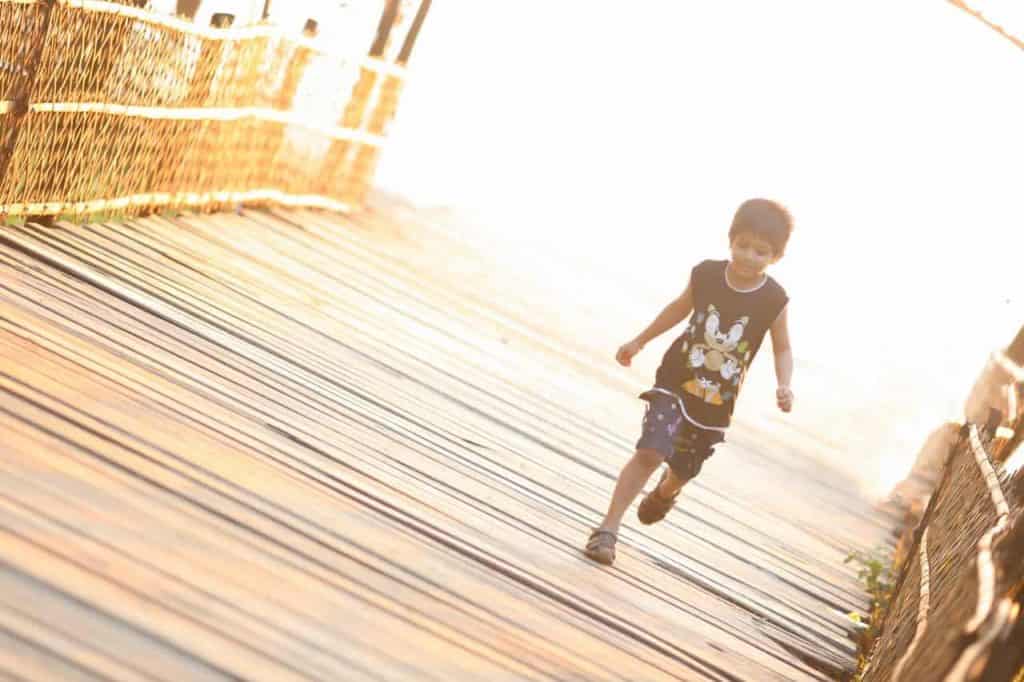
Growing pains and what you can do about them
So what is causing your child’s pain?
Muscle overuse during the day is a likely cause of musculoskeletal pain at night. Muscle overuse can be caused by simple and common activities such as running, jumping, climbing or even standing for lengthy periods.
Common symptoms of activity-based musculoskeletal pain include:
- Pain located in the lower limbs
- Pain is isolated to lower limbs (legs, calves, ankles, feet)
- Likely incidence of sport or activity within last 48 hours
- Pain can worsen as child continues activity
- Temporary relief may be achieved with pain relief medication, massage or heat packs
Treating ‘growing pains’
“Children suffering from ‘growing pains’ are commonly told, “they’ll grow out of it” or “just rest” — this advice is not only disappointing and frustrating for parents it is NOT A TREATMENT MODALITY,” says podiatrist and founder of A Step Ahead Foot + Ankle Care Dr Brenden Brown.
If the discomfort is linked to activity-based musculoskeletal pain, there are a myriad treatment options including:
- Foot posture assessment
- Soft tissue rehab therapy
- Warm-up and training modifications
- Progressive muscle loading
- Prescription orthotics (ideally soft and pliable)
“The answer to ‘growing pains’ is that you don’t need to wait until your child outgrows the pain. The pain experienced is treatable with the right assessment and approach,” advises Dr Brenden.
A Step Ahead Foot + Ankle Care is based in Western Sydney. We have multiple practitioners with lots of experience in helping kids become pain free.
If you’d like more information please contact our helpful front desk team. They are brilliant at working through what help you need, guiding you to the appointment that is right for you or your family, running through cost and then reserving your appointment time. Call us today on +61 2 9673 2987 we look forward to helping.
Got a question about growing pains, musculoskeletal pain or any other foot or ankle concern? Visit us on Instagram #AskDrFoot @AstepAheadFootandAnkleCare or Facebook @podiatristsydney
Related articles:
Growing pains—more than just pain from growing
Taking care of common kids’ foot complaints
Heels pain in active kids (Sever’s disease)
Infographic: Common kids’ heel pain
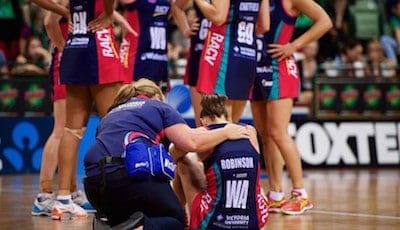
Blog, Sports Care
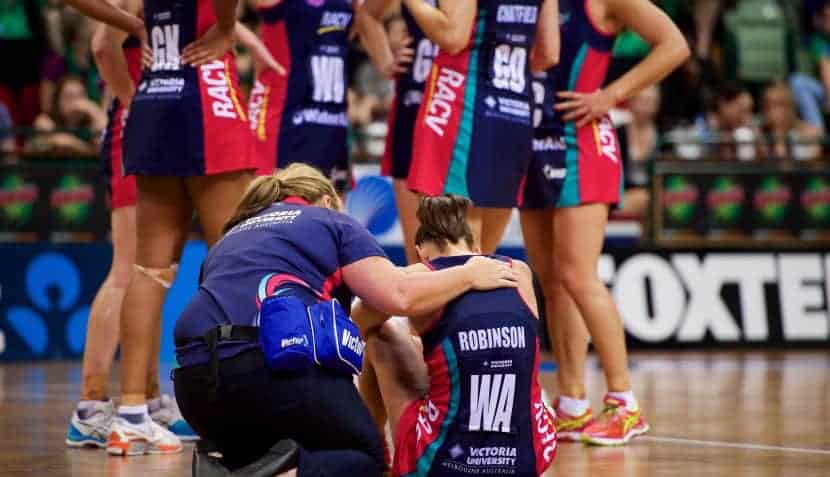
Netball-related foot & lower leg injuries—and how to avoid them
Guess what? Netballers are three times more likely to sustain lower leg or knee injuries than people playing AFL, soccer or both codes of rugby.*
In addition, Sports Medicine Australia reveals that the rate of injury for netballers is 14 injuries per 1,000 hours played.
Common netball-related foot injuries include:
• Ankle sprains & strains
• Achilles tendinopathy
• Sever’s disease in kids
• Osgood-Schlatter disease (Knee pain) in kids
• Patellar tendinopathy (aka “Jumper’s Knee”)
• Plantar heel pain – incorporating plantar fasciitis, tibialis posterior tendonopathy or abductor hallucis pain
Preventing netball-related injuries
“Awareness of widespread netball-related injuries and knowing how to avoid them can go a long way to ensuring you see out the entire season,” says sports podiatrist and founder of A Step Ahead Foot + Ankle Care, Dr Brenden Brown.

Ankle sprains & strains
“Ankle sprains typically occur as a result of involuntary sliding or twisting of the feet when you step on slippery or unstable ground. The sprain happens when the foot is forced into an unnatural position.
“The intensity at which the ligaments stretch can sometimes be so severe that it causes fracture or serious inflammation and pain.
“An ankle strain is an injury to the muscle or tendon. For example, overstretching the muscle or tendon can result in a complete or partial tear, with symptoms ranging from moderately painful to disabling.
“To reduce the risk of injury netball players need to perform strengthening movements. This refers to strength exercises that focus on the glutes along with balance and co-ordination of the lower limbs, as well as sports-specific exercises,” says Dr Brenden.
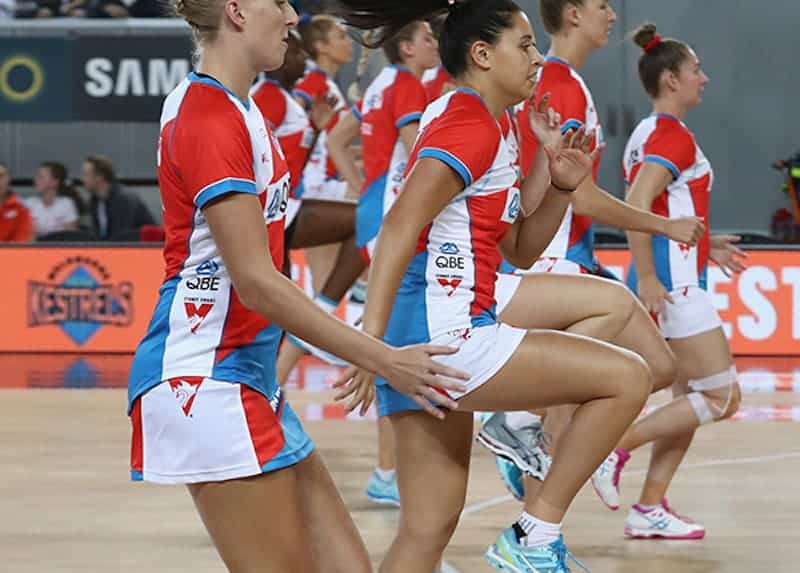
Achilles tendinopathy
“We know that the most common cause of achilles tendinopathy is change in load; this refers to sudden alterations in the intensity or frequency of the sport. (It has nothing to do with weight!) Dramatic changes place abrupt pressure on the tendon to over work and this gives rise to achilles-related problems,” explains Dr Brenden.
“Prevention is about increasing the load gradually, over a period of time. Make sure you have a long lead into sports season and ensure you adequately warm up the achilles.”
He adds, “People often don’t recognise that going from wearing high heels to a flat or low heel radically changes the load on the tendon. If you’ve spent most of the year in a corporate environment, walking around in heels then you suddenly change to wearing trainers it’s not uncommon for achilles problems to arise.
“To overcome this, practice wearing flat shoes at home several afternoons a week. Start doing this well before the season begins so that you’re changing the load gradually.”
Patellar tendinopathy
It’s common for patella-related injuries and the associated symptoms to be caused by musclular imbalance. Practicing lower limb stability and strength exercises can be useful.
“It’s important to warm up appropriately and wear the correct footwear for the sport you’re playing,” adds Dr Brenden.
Sever’s disease
Sever’s disease is more of a repetitive strain injury than an actual disease—resulting in inflammation and irritation of the growth plate. There are several causes, including rapidly increasing physical activity in volume, intensity or frequency; doing activity in bare feet, poor foot posture (flat feet) and weak foot muscles.
Sever’s disease should be addressed by ensuring you warm up adequately before playing sport. “Warming up prepares the body for sport by improving blood flow to the area, increasing the muscle temperature and making muscles more pliable,” says Dr Brenden.
“And don’t forget to wear the right shoes for the sport you’re playing!”
Plantar heel pain
Plantar heel pain is often referred to as plantar fasciitis, tibialis posterior tendonopathy, abductor hallucis pain—amongst a number of other conditions that can cause plantar heel pain.
To help ward off plantar heel pain Dr Brenden advises not to change from wearing high heels to low (or flat) heels too quickly.
“Again, rapid changes in frequency, intensity or volume place significant pressure on the tendons, which can cause excessive strain and lead to injury.”
Tips to prevent netball-related lower limb injuries
- Don’t rely on ankle braces! Strong muscles protect you from sprains far more than braces do! Your gluteal muscles – yes your butt — has a major role to play here!
- Make sure you warm up. Cold muscles are less flexible and more prone to injury. Check our Dr Brenden’s ‘warm up to success tips’.
- Don’t rapidly increase physical activity in volume, intensity or frequency. If you’re not all that active outside of netball season you need to allow a longer lead time.
- Always wear the appropriate footwear for your sport. Choose Netball shoes – its hard to go past the Asics Netburner range (See Dr Brenden’s article ‘Your guide to choosing the best netball shoe’ or head over to our YouTube channel for his Netburner reviews).
- If your pain or problems continue, visit a sports podiatrist to check your foot posture. Addressing foot posture prevents muscles from over compensating, leading to less ongoing problems.
- Ensure your footwear fits you properly (loose netball shoes can cause falls, increasing risk of ankle injury).
- Take the time to cool down. Slow stretching can reduce post-sports muscle tightness and soreness and may help reduce future risk of injury. An easy method is “Walk it out”. Don’t jump straight in the car and head home; allow yourself 10 minutes of moderate walking to cool your muscles down.
- If you know you have weak foot or ankle muscles, or you have poor foot posture, seek professional advice – All the stretching in the world wont get you better if your foot posture is continually meaning your muscles are over compensating. A trip to a podiatrist can help address the underlying foot posture issue.
- Ensure rehab is tailored to your needs. Netballers have specific groups of muscles they use – make sure your rehab is based around these muscles and your individual activity – Netball!
Next steps…
If this sounds all too familiar, we’d like to help. Perhaps this is something that a friend or relative may benefit from. If that is the case, we’d love you to share this article with them so they can find relief!
A Step Ahead Foot + Ankle Care is based in Western Sydney. We have multiple practitioners with loads of experience in this area. It’s our passion!
If you’d like more information, please contact our helpful front desk team. They are brilliant at working through what help you need, guiding you to the appointment that is right for your family, running through costings and then reserving your appointment time. Call us today on +61 2 9673 2987. We look forward to helping you.
Related articles:
About us
A Step Ahead Foot + Ankle Care is one of Sydney’s leading foot and ankle clinics. Principal podiatrist and founder of A Step Ahead Dr Brenden Brown (AKA Dr Foot) has been taking care of people’s feet for more than 20 years.
With a background in sports medicine and having served as a former president of the Australasian Podiatry Council, Brenden is a wealth of information when it comes to foot and ankle care.
Sources: * Australian Institute of Health and Welfare (December 2014)

Blog, Heel Pain, Sports Care

Isotonic versus isometric movements for heel pain
“It’s becoming much more widely recognised and accepted that stretching is not good for tendon pain. Instead, we should be looking at building muscle and tendon strength,” says sports podiatrist and founder of A Step Ahead Foot + Ankle Care Dr Brenden Brown.
Professor Jill Cook, from La Trobe University’s Sport and Exercise Medicine Research Centre, has a wealth on knowledge about tendon injury. She says, “Aside from the load on your tendon when you play sport, there are compressive loads on your tendon when it is at its longest length, adding stretching to most tendons only serves to add compressive loads that we know are detrimental to the tendon. Stretching while you are standing can be especially provocative to your tendon.”
Isotonic Vs isometric
Isotonic contractions generate force by changing the length of the muscle and tendon
[For example, going up and down on your toes (calf raise)]
Isometric contractions generate force without changing the length of the muscle or tendon.
[For example, going up on your toes and holding in the upward position]
“People are familiar with isotonic exercises, particularly for the pain associated with Achilles Tendinopathy. There was a well know technique called the ‘Alfredson technique’, in which people would stand on edge of a step and lower their heels up and down over the back of step.
“This has long been therapists’ go-to exercise, for heel pain in particular. However, we now know this only serves to irritate and aggravate this condition, yet it doesn’t have to be so,” says Dr Brenden.
“We need to graduate the building of strength and to do this we start with isometric movements, rather than rushing straight into isotonic movements.”
Isotonic versus isometric movements for heel pain
For the majority of people the process involves moving from isometric holds with quite heavy loads of body weight or beyond.
After we’ve developed significant load and reduced the symptoms, including pain, we begin to move into the next phase, which includes isotonic movements.
From there we move to more functional strength exercises that are specific to your activity or sport.
This means the exercises can’t just be calf raises, they need to be aligned to the individuals activity so that their tendon is ready for the activity they’re about to re-enter into.
“I like to refer to isometric loading as ‘progressive muscle loading’. Gradual loading is such a vital part; if people are not progressing they won’t get back healthy strong tendons,” says Dr Brenden.
Common mistakes people make when performing isometric exercises
- They don’t loading heavy enough. Remember, tendons are built for strength so they can take quite a bit of weight.
- They don’t load for long enough
- They don’t progress. Instead they plateau out. At all times, on a day-to-day basis moving through to a week-to-week basis you should be progressively increasing time and load to develop the tendon’s and muscle’s strength and capacity.
Related articles:
Warming up for sports—why bother?
10 things you should know about heel pain
A Step Ahead Foot + Ankle Care is one of Sydney’s leading foot and ankle clinics. Principal podiatrist and founder of A Step Ahead Dr Brenden Brown (AKA Dr Foot) has been taking care of people’s feet for more than 20 years.
With a background in sports medicine and having served as a former president of the Australasian Podiatry Council, Brenden is a wealth of information when it comes to foot and ankle care.


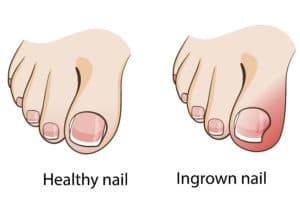
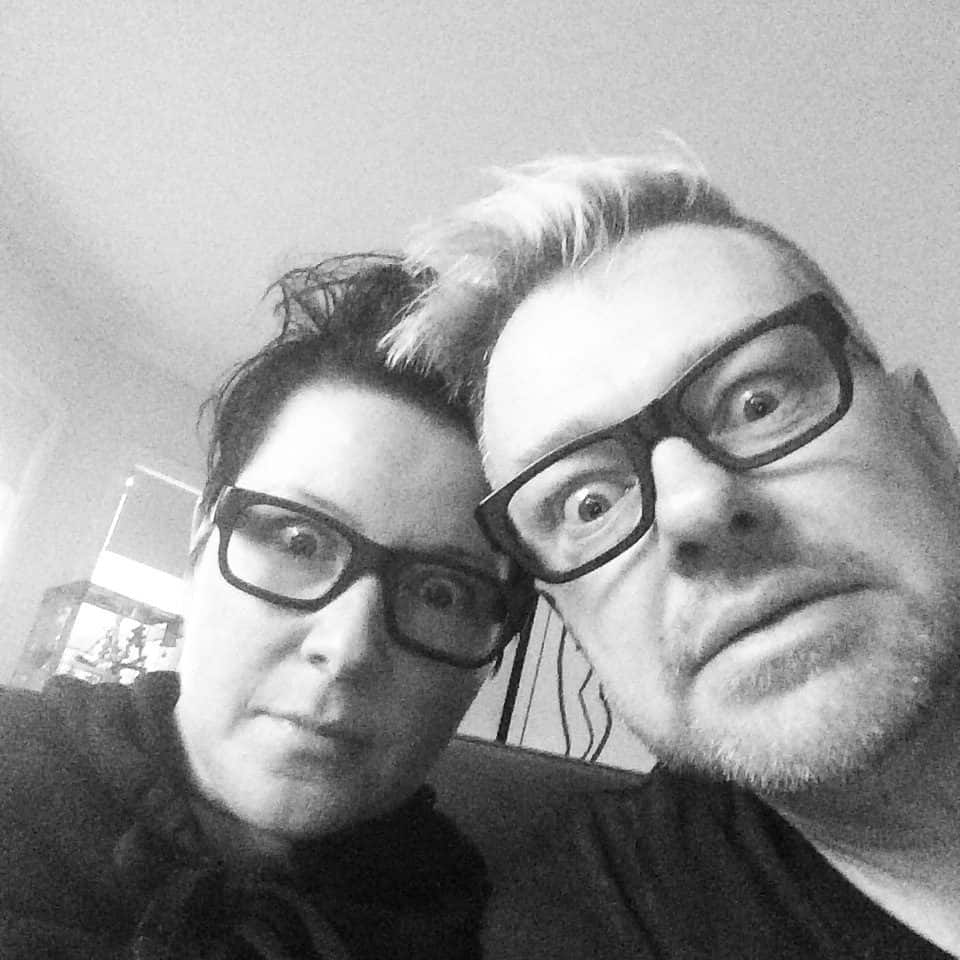 Founder of A Step Ahead Foot + Ankle Care in Sydney, and former president of the Australasian Podiatry Council, Dr Brenden Brown (A.K.A Dr Foot) is a wealth of knowledge on how to take care of your feet, including how to find the best shoes.
Founder of A Step Ahead Foot + Ankle Care in Sydney, and former president of the Australasian Podiatry Council, Dr Brenden Brown (A.K.A Dr Foot) is a wealth of knowledge on how to take care of your feet, including how to find the best shoes.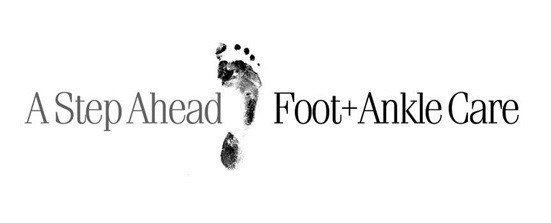
















 Dr Brenden’s White paper report on the “6 Reasons You Won’t Beat Heal Pain” outlines what’s stopping you from beating this and tips on how to stop it in its tracks!
Dr Brenden’s White paper report on the “6 Reasons You Won’t Beat Heal Pain” outlines what’s stopping you from beating this and tips on how to stop it in its tracks!